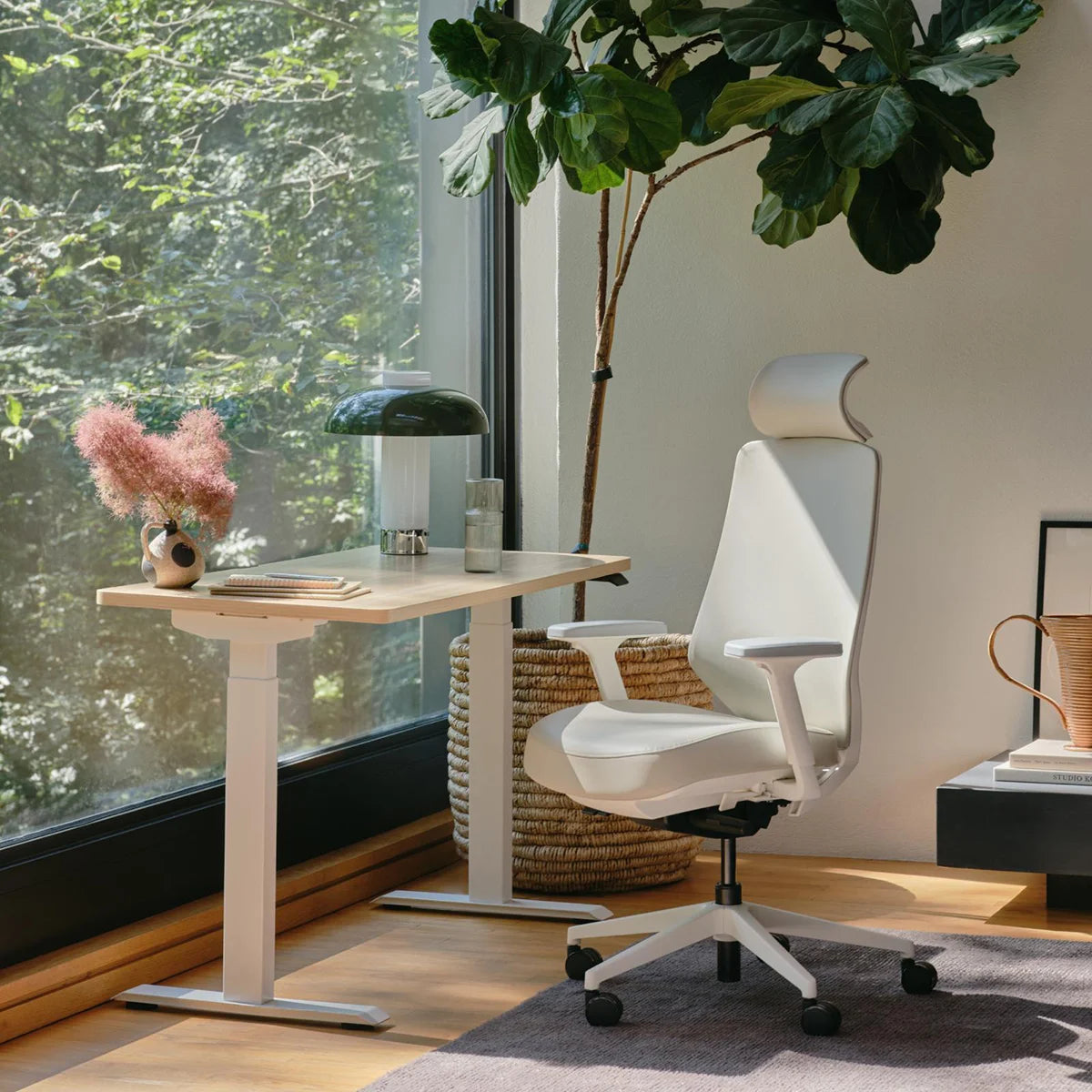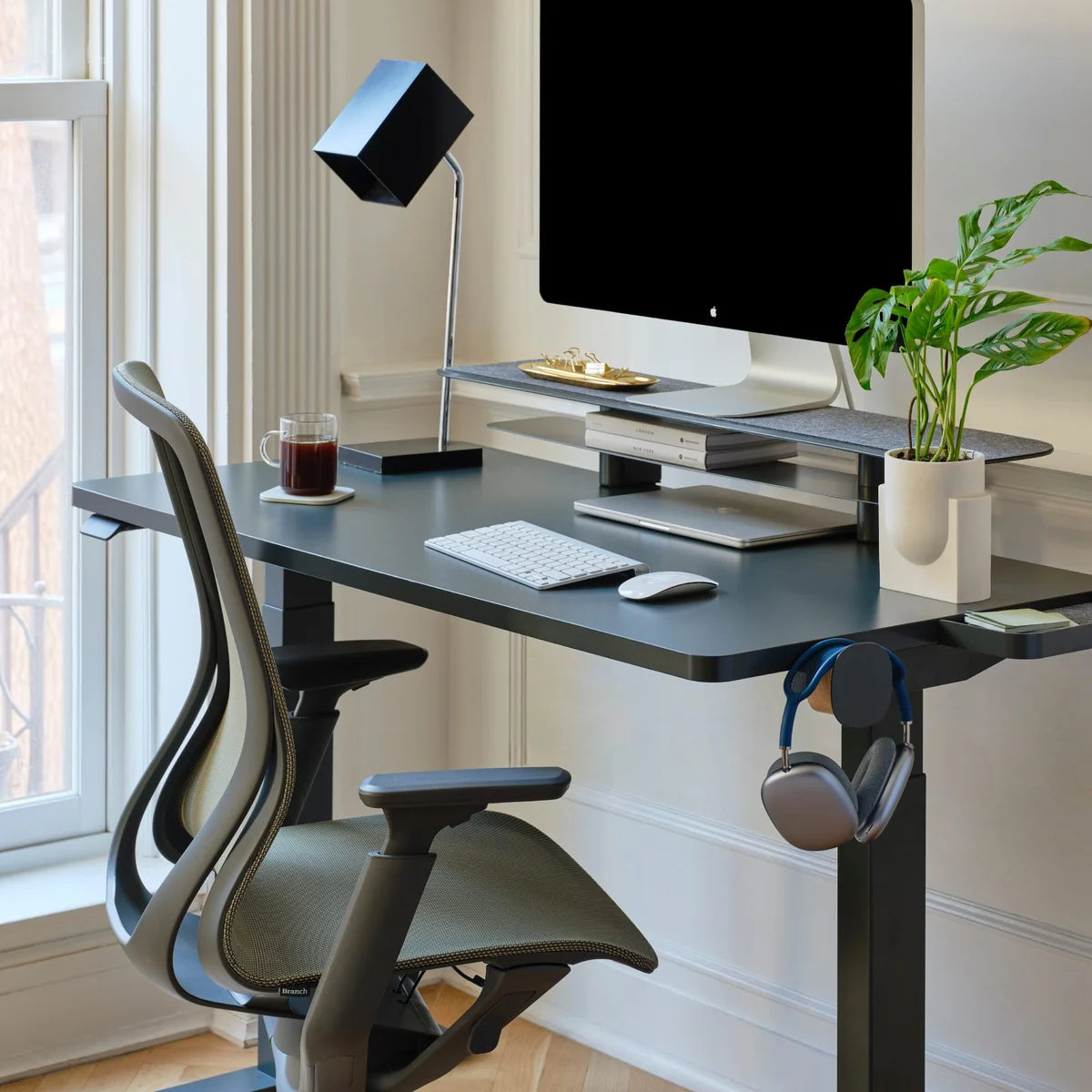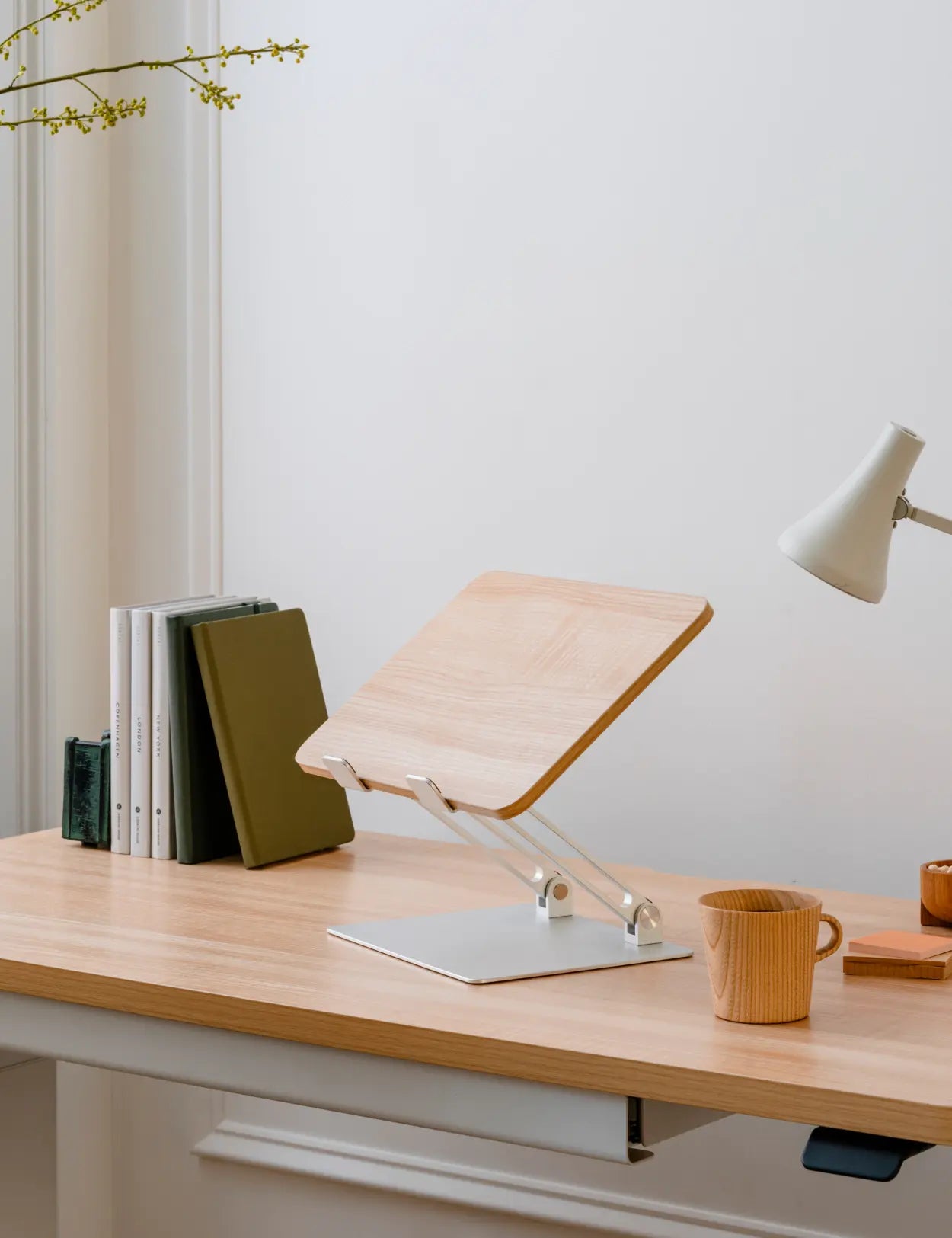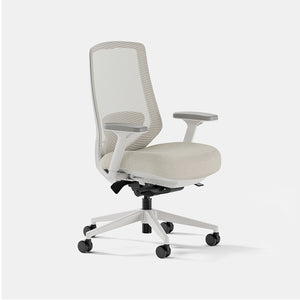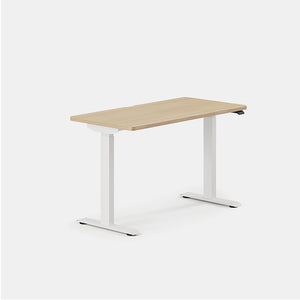While going outside will do a lot of good for your spirit, it’s still vital to create an office environment that’s conducive to a healthier, productive work life. Fortunately, there’s a ton of research out there to show what does (and what doesn’t) work. Ergonomics, which translates quite simply to “the science of work,” has demonstrated how our physical positions throughout the day have major physical and psychological impacts on the everyday worker, and how these impacts can, in turn, take a toll on our happiness and productivity.
In order to ensure that we are taking care of our bodies and minds as we work, we have to make conscious decisions about how we quite literally position ourselves. Whether sitting in an ergonomic chair or perched in front of a standing desk, people can take care of themselves as they’re working by turning to one of the many office furniture solutions that are designed to help maintain focus in both the short- and long-term.
That said, there's plenty you can do right now even if you don't have the proper furniture yet to help support your body while working. For instance, you can start by learning about and abiding by the core principles of how to sit properly. You can start incorporating standing into your workday (we suggest about one hour of standing for every one to two hours of sitting); you can use a stack of books to make sure the top third of your screen is at your eye line; and, you can find a surface to work on in your home that facilitates your feet being planted solidly on the floor.





